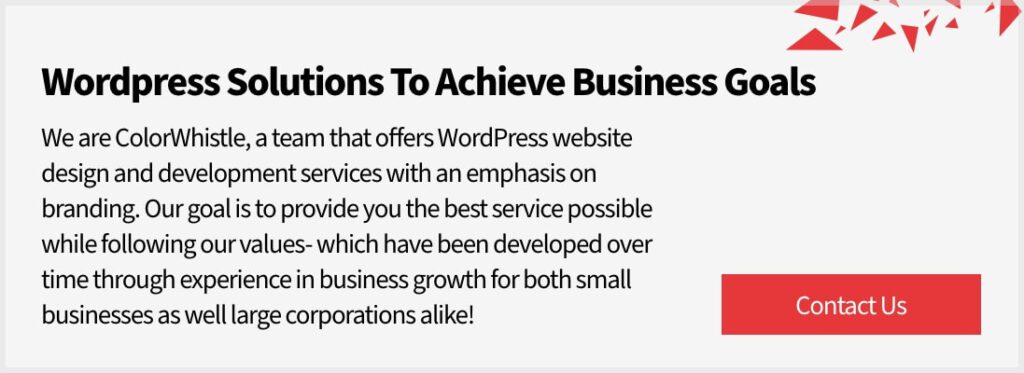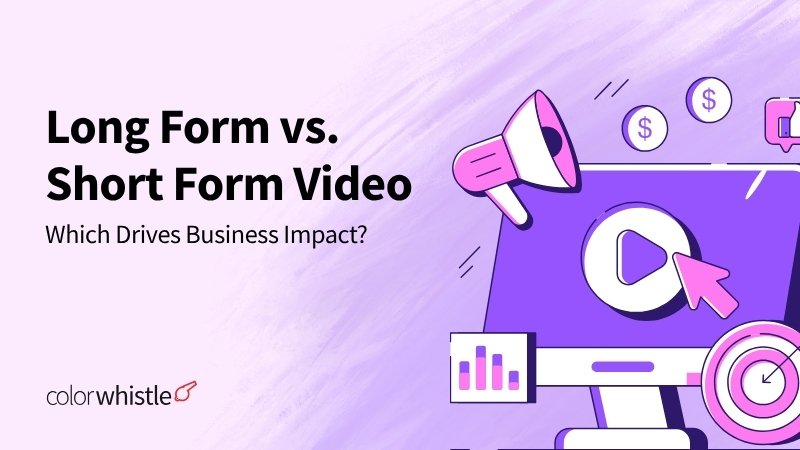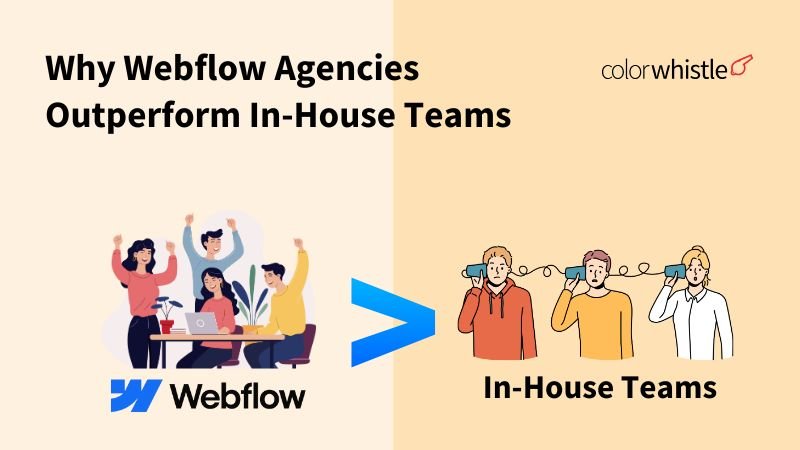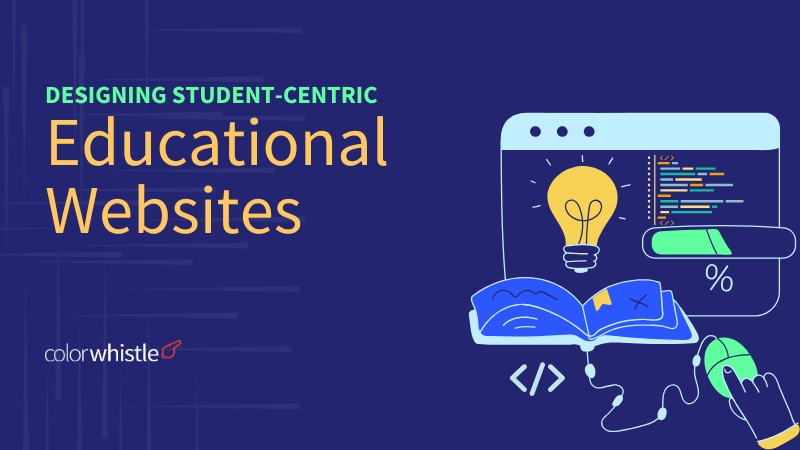As long as software like Photoshop remains the preferred graphics editor for most social media graphic designs, website designers, particularly those specializing in PSD to WordPress conversion and theme integration remain a necessary step for the website design process.
What are the alternatives to PSD to WordPress conversion that allow a designer’s creativity to blend seamlessly with a developer’s technical expertise?
Before we try to find the answer to the question, we need to start with another question. This question provides the framework for understanding the reason why we need PSD to WordPress Theme conversion in the first place.
Difference between – Web Designer and Web Developer
A lot of people don’t see WordPress designers and developers as separate. In some cases they may not be separate, but in many cases and in a full-service WordPress website development company they generally are separate people in order to keep projects time efficient.
A web designer is typically someone who works with the design aspects of a website. They work with graphics and graphics editing software. They create the look and feel for a website.
The look that they create has to then be made part of the coding.
A designer’s job involves creativity and imagination. They have mostly studied graphic design and arts. Their knowledge centers around color, typography, user experience, audience, and space utilization.
In many cases it is an intuitive job as well. It is hard for a designer to explain how they arrived at a theme or a logo.
A web developer, of course, is able to explain exactly how everything on the website works. It is a technical job and developers build the backbone of the website.
They use web-specific languages like HTML, CSS, JavaScript and PHP to create the functionality of the website. They are concerned with how technically sound the site is.
They also typically have more technical backgrounds in computer science or in programming.
Nowadays the distinction is diminishing, especially when web designers equip themselves with coding knowledge and wordpress web developers learning more about designing.
Although the gap is closing with people, the fundamental aspect of design software and coding elements hasn’t really changed.
Designs are easier to produce in tools made especially for the purpose. Coding languages remain focused on functionality of the final product. They don’t really provide a great design experience.
Therefore web designers build images in graphic design software. Then these images would have to be sliced and divided for the website’s usage. HTML and CSS code would be written to use these images.
This brings us to Photoshop.
Also Read
Adobe Photoshop and Web Design
Photoshop, as the name suggests, is primarily a photo editing software. It remains the preferred tool for editing photographs because its features are built for photos. Over time it became a tool for developing website graphics as well.
The problem? Making this great looking graphic fit into the code of the website.
What works for Photoshop and Web Design
Historically Photoshop was great for web design from the perspective of presenting mock ups to the client. This was when website design was mostly static.
It was one of the first image-editing software to emerge and it provided functionality that few others did. It remains to this day in demand for the ability to slice and optimize images.
Websites still need to use photographs in their imagery and for better or for worse, Photoshop is excellent at photo editing. It even allows you to see the exact pixels of the layout the image will cover.
What doesn’t work for Photoshop and Web Design
As someone running a company that offers PSD to WordPress website development services, I’ll be the first to say that Photoshop and web design are not easy partners.
Most designers now recognize that Photoshop may not be able to cope with the changing nature of website design. Website design has now shifted to CMS and CSS which are not really within the capability of Photoshop.
Responsive graphics is another thing that Photoshop is unable to handle. For this reason most designers prefer working with other graphics software.
Another point about Photoshop is that it is expensive. While web design agencies may not feel the pinch, individual designers may want cost-effective options.
However as long as Photoshop continues to be used as a tool for creating the graphics for websites, we would still need to convert graphics to code.
What is PSD?
PSD or Photoshop Document is the default format that Photoshop uses for saving data. This file format allows the designer to work with the layers of the image even after the file has been saved.
If a file is saved only as a GIF or JPG file, then the layers cannot be retrieved. PSD is the editable format for files to be edited using the Photoshop software.
PSD to WordPress Conversion
Website design done in this fashion has two parts: the design and coding which need to be combined to create the final output. If design is done using Photoshop, there is no straightforward way to convert the Photoshop file to a website.
The images have to be sliced and saved as input into the website through HTML and CSS coding.
WordPress is fast becoming the platform for promoting a business brand. It is also becoming the preferred CMS platform among developers and non-developers alike.
Where a CMS like WordPress is used to develop the website, any theme or image that is developed on Photoshop needs to be coded in HTML5 with PHP based WordPress format and styled using CSS.
The coding will achieve effects like rollover and help in perfect placement of the images.
If the site is a responsive website, the CSS will need to be modified accordingly. CSS coding standards for WordPress would be applied to ensure cross browser and search engine friendly website.
This conversion can be done by individual developers or by a PSD to WordPress website conversion company.
How does PSD to WordPress conversion work?
PSD to WordPress Theme conversion consists of the several steps which can be broadly classified as follows:
1. Slicing the design file
- Adobe Photoshop makes it really easy to separate the various parts of the design file.
- Typically designs are made by tying together several images.
- Photoshop allows images to be created in layers which can be easily separated
- You can create layers that will be used dynamically and layers that will remain static in the website
2. Index the html and use CSS for styling
- This is the step where the effects and placements get decided
- For responsive websites the CSS will be modified accordingly
3. The html index file is broken up based on the WordPress theme
- The single HTML file becomes multiple files
- Break the index file into index.php, header.php, sidebar.php and so on
4. Add WordPress function tags
- Add built in tags to the theme files
- The WordPress PHP tags are added to the WordPress files we created in previous step
- You can find tags and functions at WordPress website
5. Add functionalities
- Once the custom theme is ready, install the required plugins to add more functionality
This is pretty much the bifurcation that you will encounter when you are working within the designer-developer framework. Regardless of which design software that you use, ultimately there would need to be a step where the design has to be explicitly coded into the website.
The designer-developer divide is also perhaps the reason that historically design software and coding languages evolved separately.
Does this mean that we are looking at a future where WordPress web developers continue to bridge the design and the code? Not necessarily. Let’s take a look at the options available to make this process a little easier.
Alternatives to PSD to WordPress Conversion
The current situation is that design elements are put together separately and have to be coded in to the website.
Therefore the ideal state would be where design and coding can be made seamless. Let’s look at some of the ways that this state may be achieved.
Sketch – the design software that is built for web design
Photoshop is essentially a photo editor and was perhaps never intended as a website design tool. Web designers typically work with icons, graphics and vectors.
Web designers are typically working on user interface and user experience, neither of which Photoshop can really address.
From a web designer’s perspective, it also has too many features. Most of these a web designer will never use.
Sketch is a powerful app that is designed for designers. Its tools and workflow are best suited to web designers. The app was developed by Bohemian Coding and is 100% vector based.
It doesn’t have any of the heavy duty photograph editing features which makes it lightweight and very fast.
Since it is targeted at web designers, a lot of the designing actions like changing corners of an image have now been simplified – you simply type in the radius change you want. Baz Deas has written a wonderful article on the best features of Sketch.
Also Read
I will list out the highlights here:
- Tweaking images is much simpler – You can simply put in simple math formulas using addition, subtraction, division and multiplication to get the resizing you want. For example if you are imagining 50% smaller, well just type it in!
- Measuring is even simpler – Just press on the alt button on your keyboard and hold the mouse over your target image.
- Alignment is just a mouse click away – To change alignment of an object with relation to another object, just drag it around as you like till you are happy with its position.
- Linked styles – If a bunch of objects on the page are linked, then applying a style change is a simple matter. If you change the color palette of one object, linked objects will automatically update to the new palette.
- Small size documents – The small size of the documents means that they load up fast and take up very little space.
- One document for all art boards – A screen or page is called an art board in sketch. And you can store all your art boards for a website in the same document. Makes searching so easy for large projects.
So what’s the downside you are wondering?
There is possibly only one: it is available only for Mac. Also the rest of the process remains the same. You have saved a lot of time designing when compared to Photoshop but you would still need to develop the WordPress theme by creating the various PHP files.
2. 99designs
This is similar to the Sketch option in that you can drastically cut down on design time. The 99designs.com website provides you access to all types of design from logos to graphics to packaging to book covers.
The website offers a platform for businesses to get their designs developed and to interact with and choose from thousands of designs and designers.
Once the design has been completed, businesses can get in touch with a PSD to WordPress conversion company to create the WordPress theme from the design.
Apart from these, there are quite a few open source image editors like GIMP, Inkscape, Scribus and more that are great alternatives for Photoshop but the images would still needed to be coded in.
Is there a solution that eliminates the separation?
3. Website builders
Web developers are probably a bit tetchy about this option. They may feel that it reduces or restricts coding and limits customization.
But really what is there to not like about a website builder?
- It allows you to create images, edit images, develop graphics and also provides web design and development tools.
- Moreover, website builders are built to design and deploy websites.
Some of the features of most website builders include:
- HTML5 and CSS3 built in
- Automatic web standard compliance
- SEO and Google fonts
- Multi platform compatibility
- Hosting is taken care of
- Responsive design capability
- Google Web Designer: This one provides you with free and full access to the code which is hand-editable. So that as a developer you have full control of your work.
- Websitebuilder.com: This offers thousands of templates and easy drag and drop features which allow you to add your own images, graphics and texts.
- IM Creator: This is well suited for designers who want their creative process to work without interruption. It provides full-service web development features and a lot of customization features.
Most website builders provide sufficient features to make website development easy but for developers, the idea of design success is driven by its customization.
Also a website builder wouldn’t be the perfect answer for someone looking to leverage the WordPress styles and themes. After all, over a quarter of the websites on the internet are WordPress websites.
Custom WordPress themes is one of the more popular choices for small businesses across the world – especially in India, UK and USA – who are looking to set up their websites
So what better than coding a WordPress site from scratch?
4. Coding a WordPress website from scratch
For a web developer this is a happy place to be in. You get to develop your own WordPress theme, write out the new CSS and build the HTML for the website.
WordPress provides a lot of help for those who wish to develop their own unique WordPress theme. It provides some straight forward benefits:
- The website gets a truly unique look and feel
- Developers can fully immerse in the experience of working with HTML, CSS and PHP
- A unique WordPress theme is a great way to showcase developer capability
The standards to be followed for WordPress coding are:
- Clean, valid CSS as described in the WordPress CSS coding standard
- Well-structured, error free and valid PHP and HTML that follow WordPress coding standards
- Design guidelines are also provided at the WordPress website
Being an Open Source solution, WordPress development from scratch provides a lot of freedom to the coder in terms of functionality and design elements that can be introduced.
For a specialist in custom WordPress theme development, coding from scratch is the easiest way to incorporate the best of design and code to develop a truly unique and high ROI website.
Full-service web design agencies also have the advantage of specialist designers and coders and excellent project management to produce 100% customized websites on time and within budget. The other advantage of course is that all other services like marketing and maintenance are also part of the package.
Even if you are a developer providing services just by yourself or with a small workforce, writing code from scratch is a great way to get the best of customization out to the client.
Which alternative of PSD to WordPress is best?
Which alternative of PSD to WordPress is best?
It depends entirely on who is responsible for the website.
If you are a designer looking for an easier and friendly design product, then Sketch is the way forward. It provides you with an excellent tool to develop the best website designs with considerably less hassle than with Photoshop.
If you want to eschew the design software completely, 99designs.com is a great option, get your design ready and then approach a PSD to WordPress development company for setting up the site.
If you are a business owner looking to develop a website quickly, then a website builder is a great option. Given that many website builders allow for a great extent of customization, developers can come up with great designs.
For developers who want to provide the greatest extent of customization possible, the alternative to adopt would be to design the whole WordPress theme from scratch. In-depth knowledge of HTML, CSS and PHP becomes critical but this method gives developers a lot of freedom and control over the project.
Looking for Designing & Branding Services / Solutions?
Seize and experience the transformative impact of Design and Branding Services & Solutions with ColorWhistle.
Is PSD to WordPress going to be obsolete?
Not in the foreseeable future. As I have said before, Photoshop is a formidable tool for image editing, particularly photographs.
Many developers agree that it is also a great tool for creating mock ups of websites. As long as photographs are part of a website design, Photoshop will remain a go to tool for web designers.
The answer may be in viewing Photoshop’s role in web design a little differently.
Dan Rose, writing in Smashing Magazine, proposes a few ways of repurposing Photoshop for web design:
- Use it as a sketch pad for quick rendering and asset creation
- Use HTML to PSD product called Page Layers to manipulate objects without touching the CSS
- Use Photoshop to develop Style Tiles, Style Prototypes and Element Collages that help in deciding what the final website can look like and will do
- Use tools, extensions and apps to make the interfacing between Photoshop and browser faster and cleaner.
- Photoshop remains the best way to show the client what a page can look like. In many cases, it remains a great way to come up great website designs.
It may eventually no longer have a role in web design and Adobe comes up with alternatives or other software become available for web designers.
For now, Photoshop is still being used as a graphics editor for web sites and PSD to WordPress conversion services continue to be in demand.

In quest of the Perfect Design & Branding Solutions Buddy?
Be unrestricted to click the other trendy writes under this title that suits your needs the best!
- WordPress: Empowering Enterprise-Level Solutions with Scalability
- Design Effective Product Review and Ratings – A Complete Guide
- How to Communicate Effectively via Infographics
- Modern Dashboard Designs, UI Design Examples
- Online Business Models for Technology Businesses
- Best Branding Practices to Increase Your Brand Power!
- Manufacturing Product Configurators That Help You Move In Customer-Centric Direction






The next time I learn a blog, I hope that it doesnt disappoint me as much as this one. I mean, I know it was my choice to learn, but I actually thought youd have one thing interesting to say. All I hear is a bunch of whining about something that you could fix should you werent too busy searching for attention.
Thanks for discussing your ideas.
This web page is mostly a walk-by way of for the entire information you wanted about this and didn’t know who to ask. Glimpse here, and also you’ll undoubtedly discover it.
Nice information thanks for sharing…
This blog provides a comprehensive overview of the evolving landscape of web design and development, highlighting the importance of bridging the gap between designers’ creativity and developers’ technical expertise. It offers valuable insights into alternatives to traditional PSD to WordPress conversion, showcasing tools like Sketch and website builders while acknowledging the enduring role of Photoshop in graphic design. Overall, it’s a valuable resource for anyone navigating the complexities of modern website development.